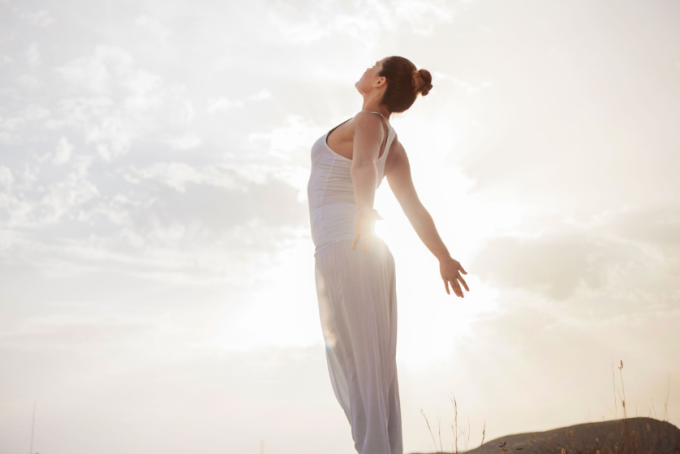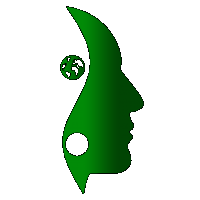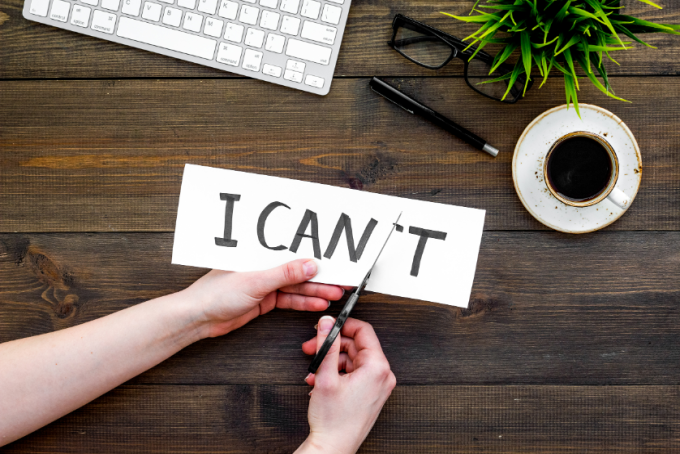What You Need to Know About Relaxation Techniques
- 29 Nov 2022
- 0 Comments
- General
Relaxation techniques can reduce the symptoms of stress and live a better quality of life, especially if you have a disease. For this reason, discovering relaxation techniques that you can apply yourself will significantly increase your comfort of life.
What are the Relaxation Techniques?
Relaxation techniques are practices that help the body create relaxation, which is characterized by slower breathing, lower blood pressure, and lower heart rate. The relaxation response is the opposite of the stress response.
The techniques used are as follows:
- Progressive Relaxation: Also called progressive muscle relaxation. It involves stretching different muscles in your body and then releasing the tension.
- Autogenic Training: It Includes a series of mental exercises that include relaxation and ideas that you suggest to yourself.
- Visualization: Also known as guided imagery. In this technique you paint objects, scenes or events associated with relaxation or calmness and try to create a similar feeling in your body.
- Biofeedback Assisted Relaxation: Allows you to learn how your body responds, how to recognize and manage your body, usually through feedback provided by an electronic device.
- Self-Hypnosis: In the technique of self-hypnosis, individuals learn to produce a relaxation response when prompted by a phrase or non-verbal cue of their own.
- Breathing Exercises: The breathing exercises focus on taking slow, deep breaths, also called diaphragmatic breathing.
Benefits
Relaxation techniques provide many benefits in life. Its main benefits are as follows:
- It reduces the activity of stress hormones.
- It slows the heart rate.
- Relaxation techniques reduces anger and frustration.
- It reduces fatigue.
- Increases blood flow to major muscles.
- It lowers blood pressure.
- It slows the respiratory rate.
- Increases confidence to overcome problems.
- It improves digestion.
- It helps control blood sugar levels.
- Relaxation techniques reduces muscle tension and chronic pain.
- It improves focus and mood.
- It improves sleep quality.
How Can You Get Maximum Efficiency?
If you use coping methods together with relaxation techniques, you can get the maximum efficiency. Coping methods are as follows:
- Spending time outside
- Think positive
- Eating a healthy diet
- Managing time and priorities
- Regular exercise
- Find humor
- Reaching supportive family and friends
- Problem solving
- Get enough sleep
6 Relaxation Techniques to Unwind
You can activate your body's relaxation response with the following relaxation techniques.
Body scan: This technique blends a focus on the breath with progressive muscle relaxation. After a few minutes of deep breathing, he simultaneously focuses on one part of the body or muscle group. It then allows you to mentally release any physical tension you feel there.
Repeated prayer: For this technique, you silently repeat a prayer or a short sentence from a prayer as you practice focusing on the breath. This method is especially effective if religion or spirituality is meaningful to you.
Yoga, tai chi, and qigong: Combines rhythmic breathing with a series of postures or flowing movements. The physical aspects of these practices offer a mental focus that can help distract you from thoughts.
Guided imagery: In this relaxation technique, you create relaxing scenes, places or experiences in your mind to help you relax and focus.
Breath focus: In this simple but powerful technique, you take long, slow, and deep breaths. As you breathe, you clear your mind as much as possible from distracting thoughts and feelings.
Mindfulness meditation: This technique; It involves sitting comfortably, focusing on your breath, and drawing your mind's attention to the moment without being dragged into worries about the past or the future.











